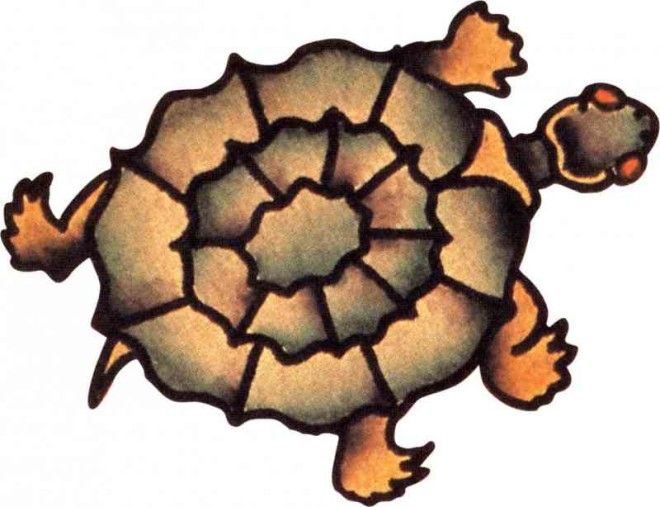“Adventure cartoonist,” Lucy Bellwood, writes comics about her fascinating journeys around the world, from sailing on the very last wooden whaling ship to working aboard a scientific research vessel to experiencing a sensory deprivation tank. And her 2016 graphic novel “Baggywrinkles: A Lubber’s Guide To Life At Sea” is the perfect way to learn about the seafaring life for those of us marooned on dry land
One of the most fascinating parts of the book is the section on traditional sailor’s tattoos, a bold, graphic style favored by sailors, especially members of the US Army and Navy. The tattoos have a language all their own, and an illustrated guide in Bellwood’s novel lays it out for those who are unfamiliar with them.
Anchor: Perhaps the most famous traditional sailor tattoo, the anchor, represents a sailor who was part of the Merchant Marine, a civilian fleet that carried goods for the military.
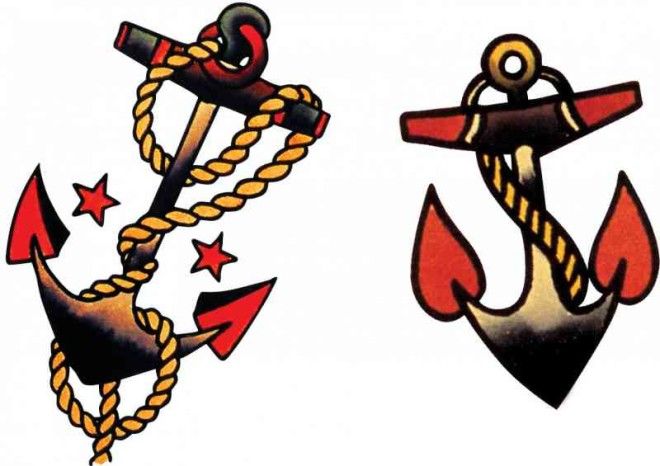
Swallow: A sailor would get a swallow tattooed on them for every 500 nautical miles traveled (5754 regular miles). Because swallows were known for having long migration patterns, swallow tattoos also symbolized the hope that the sailor would be able to return home safely
.
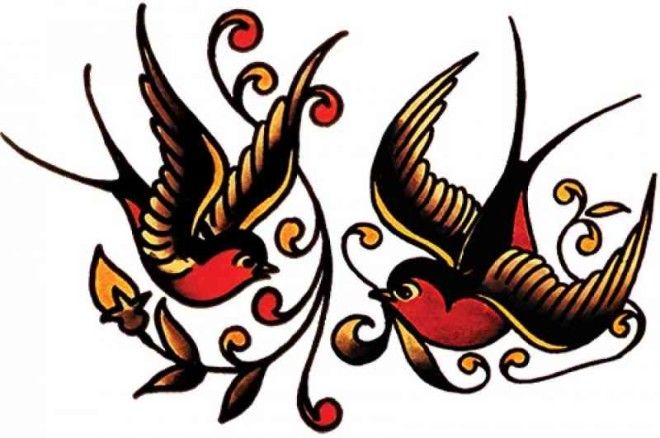
A Fully-Rigged Ship: Sailors would get a tattoo of a fully-rigged ship (a ship with at least three masts, all of them square-rigged) to symbolize that they had made the difficult passage around Cape Horn, the southernmost tip of South America
.
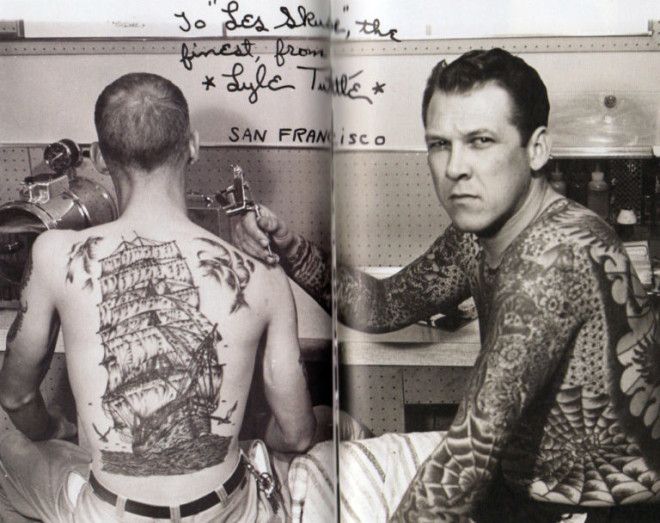
Pig and Rooster (on feet): The animal duo was meant to represent survival from a shipwreck. Since live pigs and roosters were kept onboard in wooden crates, which would often float free during a shipwreck, the belief was that tattooing them on your feet would help keep you safe
.

Nautical Star: A five-pointed star shaded in the same way as a compass rose (dark and light in counterpoint), the nautical star has become an emblem of the American Army and Navy. In naval tattoo culture, the star represented a guide and a safe way home. A plain compass rose would sometimes represent the same thing.

“HOLD FAST” (generally tattooed across the knuckles): Literally, sailors hoped that these tattoos would give them a good grip on the rigging (the cables and ropes that guide the position of the sails, in order that they not be thrown off the ship during bad weather). In a broader sense, the tattoo was meant to help the sailors persevere through difficult times
.
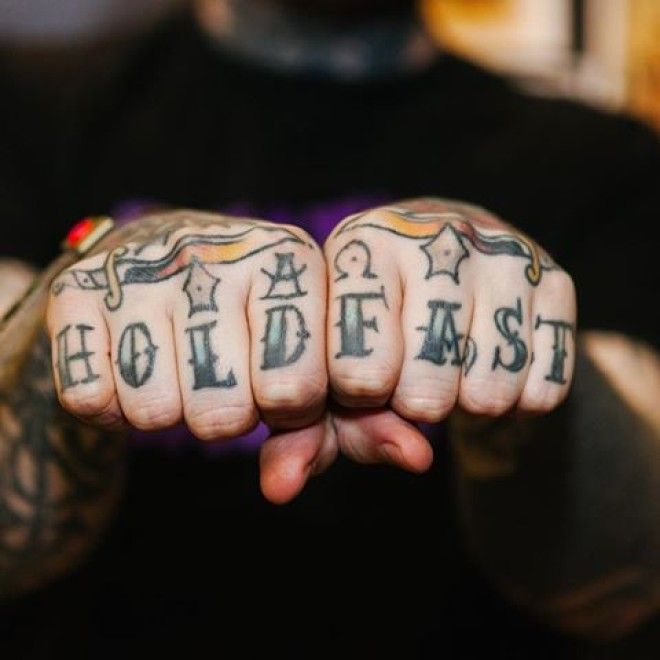
Shellback Turtle: A sailor earned the right to have a turtle tattooed on them when they crossed the equator for the first time and were “initiated into King Neptune’s court.” The initiation, still practiced in some navies today, is a hazing ritual meant to test new sailors to see if they can survive a difficult life at sea.
